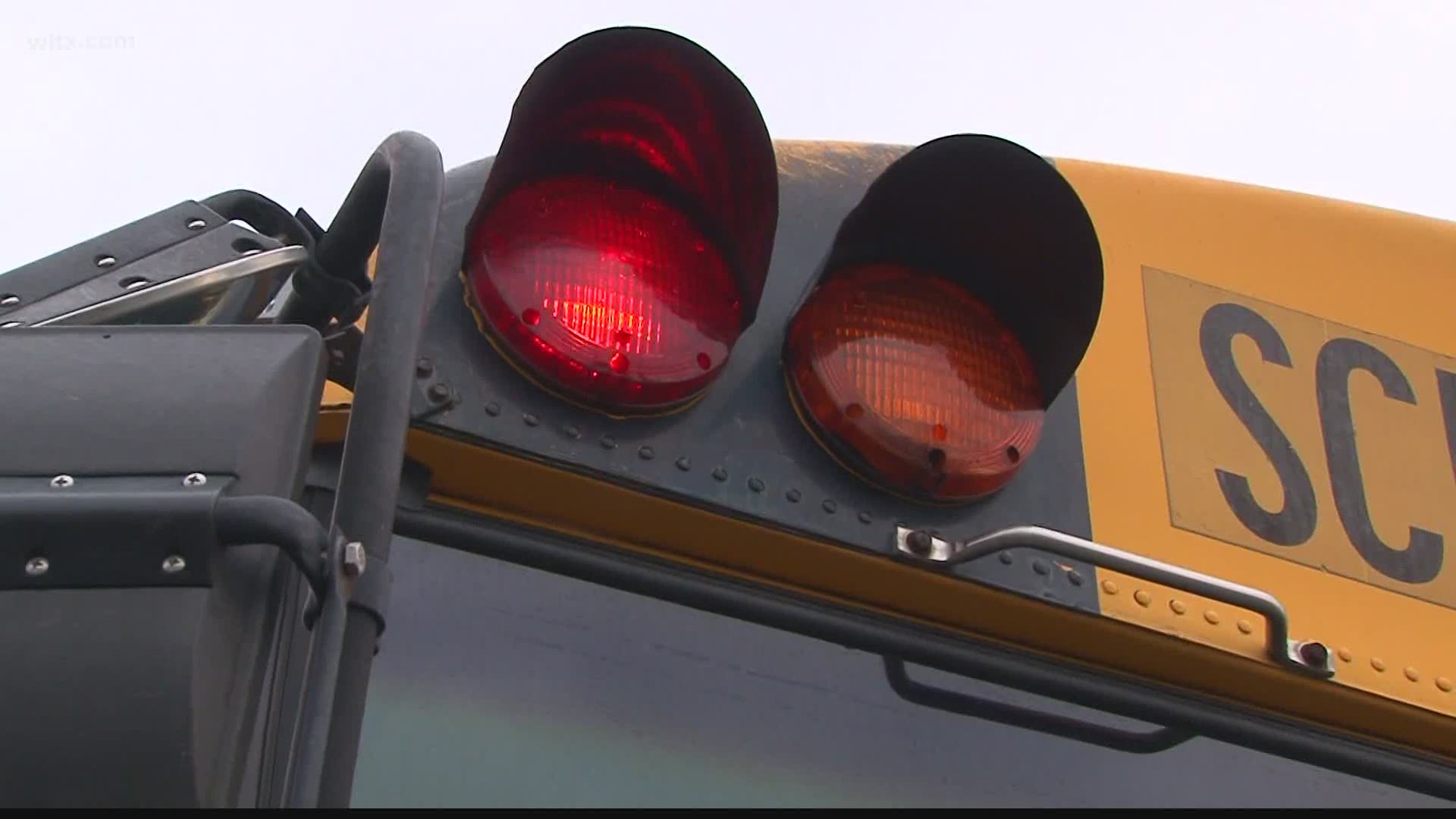LEXINGTON, S.C. — At a special called board meeting of Lexington County School District One's Board of Trustees held Tuesday evening, Superintendent Dr. Greg Little presented the district’s Phase Two academic plan, which begins Monday, Oct. 5.
While the district initially hoped to have all students back in school on Monday, Sept. 28, district administrators now say they have realized, after the last three weeks of instruction, that bringing everyone back at the same time is not the best approach.
Instead, in Phase Two, the “Four Plus One” model, the district brings Cohort A and B pre-kindergarten through second-grade students into school for face-to-face instruction four days a week (Monday–Thursday) with Plexiglass dividers at their desks. Fridays will remain e-learning days.
Grades three through five will also receive Plexiglass dividers in the following weeks. As soon as they are installed, the district will go ahead and bring them in, too.
Although PreK–G2 students already wear masks as they move around the schools, in this model those students will also wear masks in class.
In addition, some students with Individualized Education Plans and some English Language Learners will also come back on Oct. 5. For now, however, students in grades three through 12 with IEPs served in Resource programs will stay on their hybrid schedule.
Officials say this model gives schools time to adjust to serving more students in the building and allows them to bring in the youngest students, who have some of the highest educational and social-emotional needs and need face-to-face instruction, while monitoring the spread of COVID-19 carefully.
Elementary students do not change classes, stay with their classroom family throughout the day and rarely travel the halls as meals are delivered to their rooms. As a result, administrators say elementary schools are the best place for the district to start the next phase.
The plan does not impact students in the Online Learning Academy.
Officials say the district built its original timeline around the fact that four weeks would give the district two complete COVID-19 infection cycles and allow it to practice its new safety routines and procedures. What district administrators say they learned was that they needed to do whatever they could to alleviate the impact of social distancing first. For that reason, the district says they built Phase Two around adding Plexiglass in all schools and creating other ways for students to social distance.
Until the district can adequately reduce the need for social distancing for middle and high school students, district administrators say they believe it best for them to continue in the current hybrid (AA BB) model for the time being.
Middle and high school students change classes many times during the day. They also have other opportunities to gather outside of the classroom as they participate in athletics, performing arts, and other activities. When social distancing has not been possible for secondary students, administrators say it has significantly affected the number of students who have had to quarantine. Officials say they will begin to bring secondary students back when they can do more to provide social distancing.
“Both parents and staff recommended phasing in our face-to-face classrooms, and we agree," Dr. Little said. "We have learned that we must take deliberate steps and do safety checks along the way as we maximize face-to-face instruction for all Lexington District One students. As we bring back more and more students, we are committed to minimizing student and staff exposure as much as possible. After all, our goal is not just to open but to stay open.
“The district’s Phase Two plan allows us to bring in the youngest students who most need face-to-face instruction while monitoring the spread of COVID-19 carefully by studying the number of positive COVID-19 cases throughout the district, the number of individuals who have exhibited symptoms, student and staff attendance data, and the district’s ability to cover classes when substitutes are not available,” Dr. Little said.
What’s next?
If the PreK–G2 Phase Two model goes well, officials say Cohort A and B students in grades three through five will be the next to transition to this model in Phase Three, which occurs Oct. 19. Middle and high schools will also begin to phase in students with the highest needs in Phase Three.
In the meantime, officials say all other middle and high school students will continue with their current hybrid (AA BB) model, with each cohort coming to school for face-to-face learning two days a week and e-learning from home three days a week. Some middle and high school students may begin to transition sooner than their classmates as the district focuses on specific groups of students.

